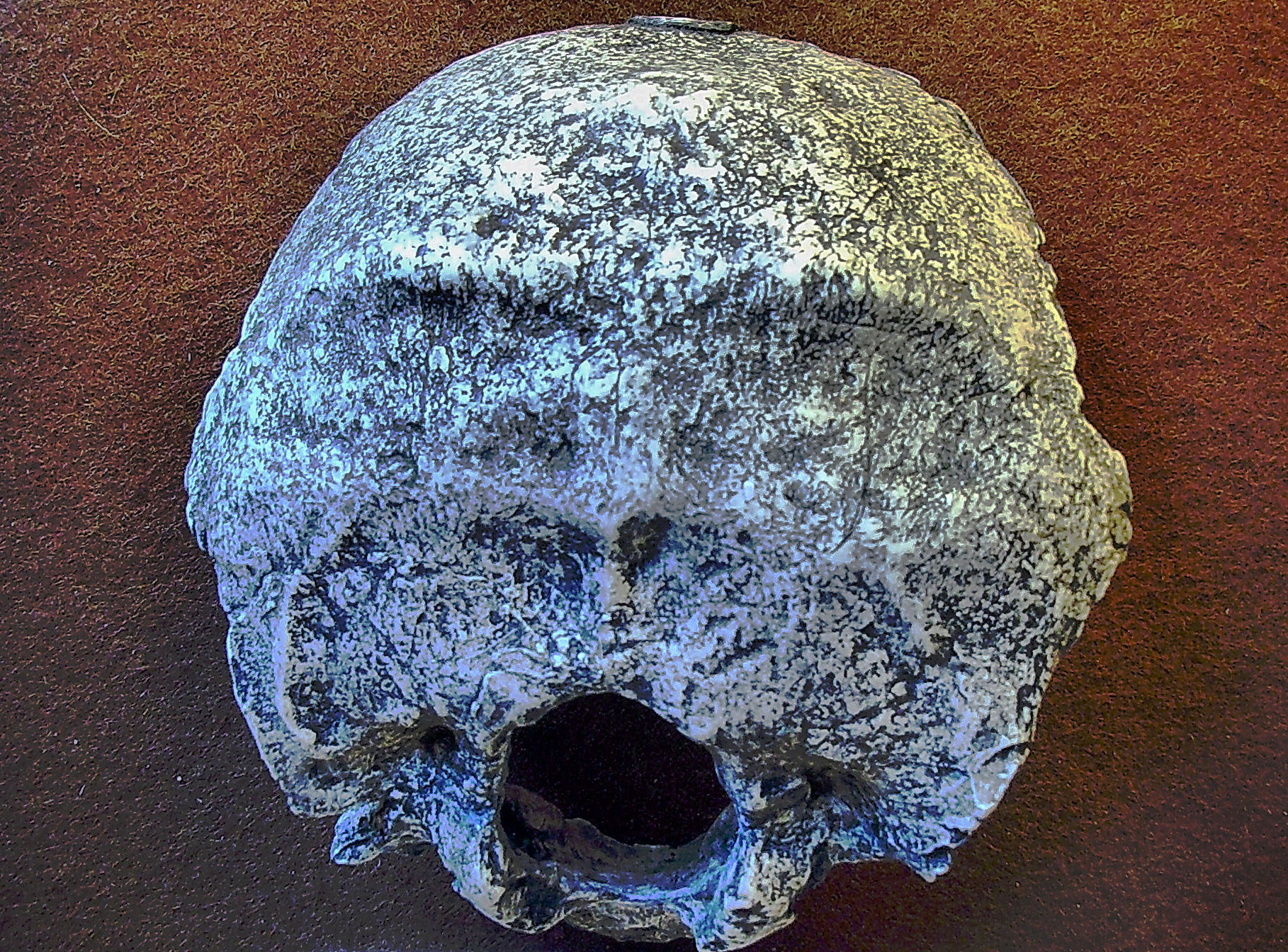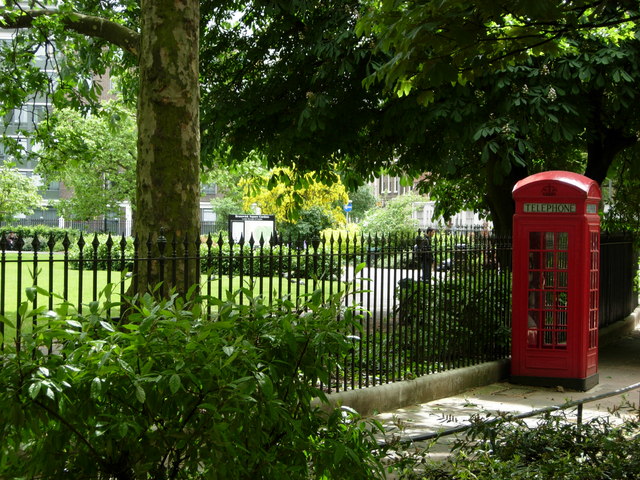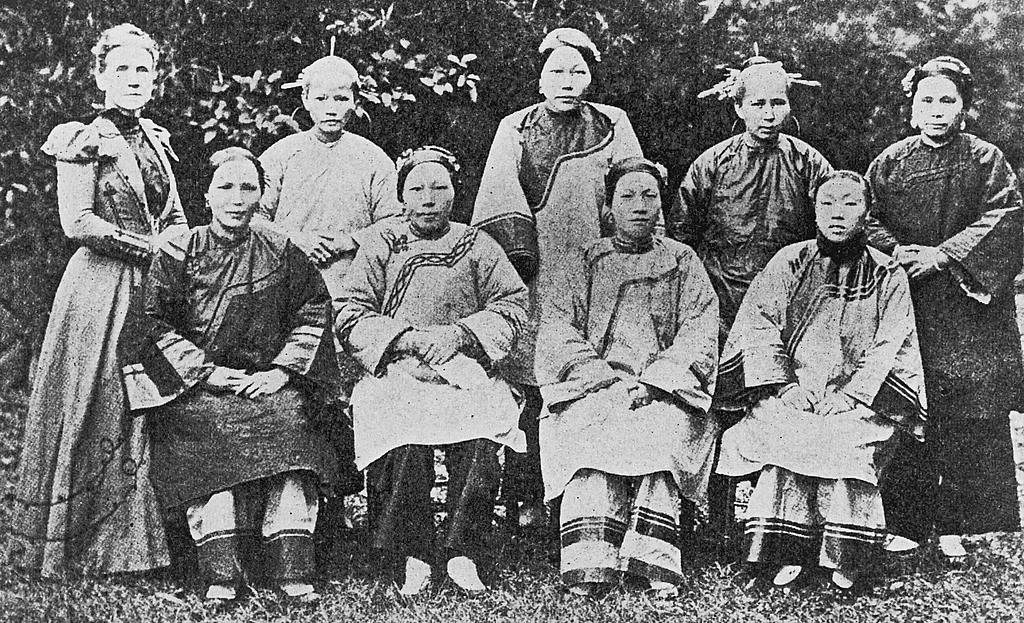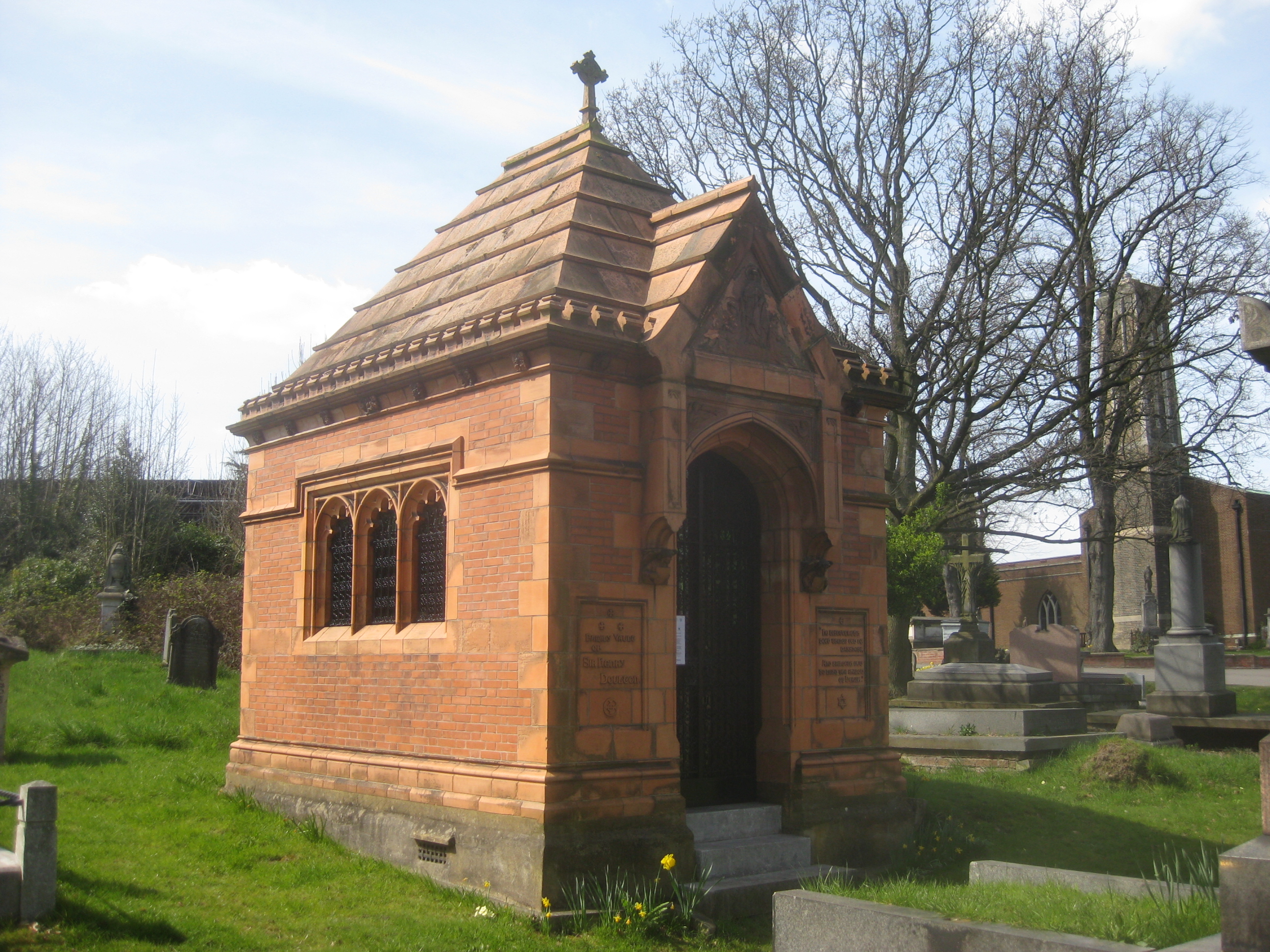|
Ellen Henrietta Ranyard
Ellen Henrietta Ranyard (9 January 1810 – 11 February 1879) was an English writer and missionary who worked with the poor of London. She founded the London Bible and Domestic Female Mission. Life She was born Ellen Henrietta White in the district of Nine Elms, London, the eldest daughter of John Bazley White, a cement maker. At the age of sixteen she and a friend, Elizabeth Saunders, caught a fever while visiting the sick poor. Her friend died, and from that time onward, Ellen White regularly visited the poor, collected money to supply them with bibles, and interested herself in the bible society. After her family removed to Swanscombe in Kent, she married there, on 10 January 1839, Benjamin Ranyard. In 1852 she wrote ''The Book and its Story, a Narrative for the Young'', which proved extraordinarily popular. In 1857, with her husband and family, she took up residence at 13 Hunter Street, Brunswick Square, London. Soon afterwards she founded, in Seven Dials, London, Seven Di ... [...More Info...] [...Related Items...] OR: [Wikipedia] [Google] [Baidu] |
Nine Elms
Nine Elms is an area of south-west London, England, within the London Borough of Wandsworth. It lies on the River Thames, with Battersea to the west, South Lambeth to the south and Vauxhall to the east. The area was formerly mainly industrial but is now becoming more residential and commercial in character. It is dominated by Battersea Power Station, various railway lines and New Covent Garden Market. The Battersea Dogs & Cats Home is also in the area. Nine Elms has residential developments along the riverside, including Chelsea Bridge Wharf and Embassy Gardens, and also three large council estates: Carey Gardens, the Patmore Estate and the Savona. History Nine Elms Lane was named around the year 1645, from a row of elm trees bordering the road, though a path probably existed between York House and Vauxhall from the 1200s. In 1838, at the time of construction of the London and Southampton Railway, the area was described as "a low swampy district occasionally overflowed by th ... [...More Info...] [...Related Items...] OR: [Wikipedia] [Google] [Baidu] |
Swanscombe
Swanscombe Help:IPA/English, /ˈswɒnzkəm/ is a village in the Borough of Dartford in Kent, England, and the civil parish of Swanscombe and Greenhithe. It is 4.4 miles west of Gravesend and 4.8 miles east of Dartford. History Prehistory Bone fragments and tools, representing the earliest humans known to have lived in England, have been found from 1935 onwards at the ''Barnfield Pit'' about outside the village. This site is now the Swanscombe Heritage Park. Swanscombe Man (now thought to be female) was a late ''Homo erectus'' or an early Archaic humans, Archaic ''Homo sapiens''. According to the Natural History Museum, London, Natural History Museum, however, the remains are those of a 400,000-year-old early Neanderthal woman. The c. 400,000-year-old skull fragments are kept at the Natural History Museum, London, Natural History Museum in London with a replica on display at the Dartford Museum. Lower levels of the Barnfield Pit yielded evidence of an even earlier, more pri ... [...More Info...] [...Related Items...] OR: [Wikipedia] [Google] [Baidu] |
Brunswick Square
Brunswick Square is a public garden and ancillary streets along two of its sides in Bloomsbury, in the London Borough of Camden. It is overlooked by the School of Pharmacy and the Foundling Museum to the north; the Brunswick Centre to the west; and International Hall (a hall of residence of the University of London) to the south. East is an enclosed area of playgrounds with further trees, Coram's Fields, associated with charity Coram Family which is just over double its size; next to that area Brunswick Square is mirrored, symmetrically by Mecklenburgh Square, likewise of 3 acres including roads. The squares are named after contemporary Queen consorts (the wife of George III and the wife of his eldest son George IV). Layout Bloomsbury is notable for its garden squares, literary connections, and numerous cultural, educational and health care institutions. Mecklenburgh Square is a matching square to the east covering three acres. Between the two, east of this sq ... [...More Info...] [...Related Items...] OR: [Wikipedia] [Google] [Baidu] |
Seven Dials, London
Seven Dials is a road junction and neighbourhood in the St Giles district of the London Borough of Camden, within the greater Covent Garden area in the West End of London. Seven streets of Seven Dials area converge at the roughly circular central roundabout, at the centre of which is a column bearing six sundials – with the column itself acting as the seventh sundial. The Seven Dials Trust owns and maintains the column and the sundials and looks after the public realm in collaboration with the local authorities, major land owners, Historic England and other stakeholders. The Seven Dials area retains the original 17th century layout and is the only area of London remaining from the Stuart England. A time plaque nearby helps visitors of all ages to deduce the time of the day fairly accurately. History In the middle ages, the area was owned by the monastic hospital of St Giles which specialised in treating lepers, but it was expropriated by Henry VIII in 1537 and later pas ... [...More Info...] [...Related Items...] OR: [Wikipedia] [Google] [Baidu] |
Bible Woman
In missions history, a Bible woman was a local woman who supported foreign female missionaries in their Christian evangelistic and social work. Background The title "Bible woman" was first used in London in connection with a female evangelist, Ellen Henrietta Ranyard, who put effort to reach sick and poor women in the poorest area of London in the mid-nineteenth century. Ranyard's heart was heavily burdened with the poor condition of women in St. Giles district that she decided to start an evangelistic work among them. Ranyard found a Christian woman who had a similar life as such and hired the woman to go with her to the poorest district in London to evangelize and help the sick women there. The woman who had the similar life as her recipients would freely visit the poor women and read the Bible to their hearings. She also distributed the Bible and tracts to the area, this is why she was called Bible woman. From this little seed, sprang Ranyard's mission. In 1879, there were abo ... [...More Info...] [...Related Items...] OR: [Wikipedia] [Google] [Baidu] |
Bible Women
In missions history, a Bible woman was a local woman who supported foreign female missionaries in their Christian evangelistic and social work. Background The title "Bible woman" was first used in London in connection with a female evangelist, Ellen Henrietta Ranyard, who put effort to reach sick and poor women in the poorest area of London in the mid-nineteenth century. Ranyard's heart was heavily burdened with the poor condition of women in St. Giles district that she decided to start an evangelistic work among them. Ranyard found a Christian woman who had a similar life as such and hired the woman to go with her to the poorest district in London to evangelize and help the sick women there. The woman who had the similar life as her recipients would freely visit the poor women and read the Bible to their hearings. She also distributed the Bible and tracts to the area, this is why she was called Bible woman. From this little seed, sprang Ranyard's mission. In 1879, there were abo ... [...More Info...] [...Related Items...] OR: [Wikipedia] [Google] [Baidu] |
West Norwood Cemetery
West Norwood Cemetery is a rural cemetery in West Norwood in London, England. It was also known as the South Metropolitan Cemetery. One of the first private landscaped cemeteries in London, it is one of the " Magnificent Seven" cemeteries of London, and is a site of major historical, architectural and ecological interest. Its grounds are a mixture of historic monumental cemetery A cemetery, burial ground, gravesite or graveyard is a place where the remains of dead people are buried or otherwise interred. The word ''cemetery'' (from Greek , "sleeping place") implies that the land is specifically designated as a buri ... and modern cemetery#Lawn cemetery, lawn cemetery, but it also has catacombs, cremation plots and a cemetery#Columbarium wall, columbarium for cinerary ashes. The cemetery's crematorium still operates, and cremation plots are still available, but all the conventional burial plots have been allocated and hence it is closed to new burials pending further ag ... [...More Info...] [...Related Items...] OR: [Wikipedia] [Google] [Baidu] |
Arthur Cowper Ranyard
Arthur Cowper Ranyard (21 June 1845 – 14 December 1894) was an English astrophysicist. Life Born at Swanscombe, Kent, he was son of Benjamin Ranyard by his wife Ellen Henrietta Ranyard (''née'' White). Ranyard attended University College School, London, from 1857 to 1860, afterwards proceeding to University College. Here the influence of Professor Augustus De Morgan led him to concentrate his attention on mathematics and astronomy, and he formed an intimate friendship with the professor's son George. In 1864 the two friends formed the plan for a society for the special study of mathematics, and issued a circular inviting attendance at the first meeting of "the University College Mathematical Society" on 7 Nov. 1864. The first meeting mentioned in the minutes of the society, however, was held on 16 January 1865, when De Morgan was elected president, and Messrs. Cozens-Hardy and Henry Mason Bompas secretaries. After the president's inaugural address Ranyard read the first pape ... [...More Info...] [...Related Items...] OR: [Wikipedia] [Google] [Baidu] |
1810 Births
Year 181 ( CLXXXI) was a common year starting on Sunday (link will display the full calendar) of the Julian calendar. At the time, it was known as the Year of the Consulship of Aurelius and Burrus (or, less frequently, year 934 ''Ab urbe condita''). The denomination 181 for this year has been used since the early medieval period, when the Anno Domini calendar era became the prevalent method in Europe for naming years. Events By place Roman Empire * Imperator Lucius Aurelius Commodus and Lucius Antistius Burrus become Roman Consuls. * The Antonine Wall is overrun by the Picts in Britannia (approximate date). Oceania * The volcano associated with Lake Taupō in New Zealand erupts, one of the largest on Earth in the last 5,000 years. The effects of this eruption are seen as far away as Rome and China. Births * April 2 – Xian of Han, Chinese emperor (d. 234) * Zhuge Liang, Chinese chancellor and regent (d. 234) Deaths * Aelius Aristides, Greek orator and w ... [...More Info...] [...Related Items...] OR: [Wikipedia] [Google] [Baidu] |
1879 Deaths
Events January–March * January 1 – The Specie Resumption Act takes effect. The United States Note is valued the same as gold, for the first time since the American Civil War. * January 11 – The Anglo-Zulu War begins. * January 22 – Anglo-Zulu War – Battle of Isandlwana: A force of 1,200 British soldiers is wiped out by over 20,000 Zulu warriors. * January 23 – Anglo-Zulu War – Battle of Rorke's Drift: Following the previous day's defeat, a smaller British force of 140 successfully repels an attack by 4,000 Zulus. * February 3 – Mosley Street in Newcastle upon Tyne (England) becomes the world's first public highway to be lit by the electric incandescent light bulb invented by Joseph Swan. * February 8 – At a meeting of the Royal Canadian Institute, engineer and inventor Sandford Fleming first proposes the global adoption of standard time. * March 3 – United States Geological Survey is founded. * March 11 – The ... [...More Info...] [...Related Items...] OR: [Wikipedia] [Google] [Baidu] |
19th-century English Non-fiction Writers
The 19th (nineteenth) century began on 1 January 1801 ( MDCCCI), and ended on 31 December 1900 ( MCM). The 19th century was the ninth century of the 2nd millennium. The 19th century was characterized by vast social upheaval. Slavery was abolished in much of Europe and the Americas. The First Industrial Revolution, though it began in the late 18th century, expanding beyond its British homeland for the first time during this century, particularly remaking the economies and societies of the Low Countries, the Rhineland, Northern Italy, and the Northeastern United States. A few decades later, the Second Industrial Revolution led to ever more massive urbanization and much higher levels of productivity, profit, and prosperity, a pattern that continued into the 20th century. The Islamic gunpowder empires fell into decline and European imperialism brought much of South Asia, Southeast Asia, and almost all of Africa under colonial rule. It was also marked by the collapse of the la ... [...More Info...] [...Related Items...] OR: [Wikipedia] [Google] [Baidu] |
Burials At West Norwood Cemetery
Burial, also known as interment or inhumation, is a method of final disposition whereby a dead body is placed into the ground, sometimes with objects. This is usually accomplished by excavating a pit or trench, placing the deceased and objects in it, and covering it over. A funeral is a ceremony that accompanies the final disposition. Humans have been burying their dead since shortly after the origin of the species. Burial is often seen as indicating respect for the dead. It has been used to prevent the odor of decay, to give family members closure and prevent them from witnessing the decomposition of their loved ones, and in many cultures it has been seen as a necessary step for the deceased to enter the afterlife or to give back to the cycle of life. Methods of burial may be heavily ritualized and can include natural burial (sometimes called "green burial"); embalming or mummification; and the use of containers for the dead, such as shrouds, coffins, grave liners, and ... [...More Info...] [...Related Items...] OR: [Wikipedia] [Google] [Baidu] |


.jpg)




